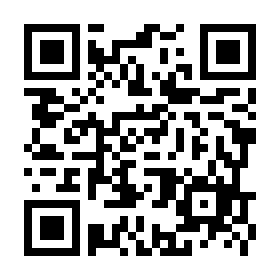What is NTM
Nontuberculous mycobacteria (NTM) refer to acid-fast bacteria other than Mycobacterium tuberculosis and Mycobacterium leprae. NTM can be found in various environments, including water and soil.
Normally, inhaling NTM does not lead to illness. However, some individuals may become infected. NTM has the potential to cause systemic infections, but it primarily affects the lungs, resulting in pulmonary NTM disease.
Currently, over 180 species of NTM are known to exist. However, in the case of pulmonary NTM disease, the most common causative species in Japan are the M. avium complex (MAC), M. kansasii, and M. abscessus complex (MABC). Identifying the specific species responsible for a given case is crucial, as it can influence treatment strategies and prognosis.
One significant difference between pulmonary NTM disease and tuberculosis is that NTM is not transmitted from person to person. Therefore, apart from the symptoms themselves, it does not disrupt daily life. This lack of person-to-person transmission may contribute to the diagnostic challenges associated with pulmonary NTM disease.
Symptoms
In many cases, pulmonary NTM disease is initially asymptomatic. When symptoms do appear, they often include coughing, sputum production, bloody sputum, shortness of breath, and weight loss.
These symptoms are similar to those of many other lung conditions, and moreover, many individuals with pulmonary NTM disease already have pre-existing chronic lung conditions. Therefore, accurately distinguishing pulmonary NTM disease can be challenging.
Diagnosis
In Japan, the diagnosis of pulmonary NTM disease requires meeting both clinical and bacteriological criteria. The clinical criteria mainly refer to radiological imaging findings, while the bacteriological criteria involve sputum testing. When sputum cannot be collected, bronchial lavage is performed.
For radiological imaging, the presence of nodular shadows or bronchiectasis/bronchiolectasis findings on X-rays or CT scans is necessary.
Regarding sputum testing, it is required that sputum tests are positive on two or more separate occasions. Unlike tuberculosis, which is a similar infection, the presence of the bacteria in a specimen just once does not confirm an infection in the case of NTM disease.
Treatment
Depending on the patient's condition, one of the following three approaches is adopted, with the treatment plan varying based on factors such as age, extent of lesions, presence of symptoms, and underlying medical conditions.
1.Observation
In this case, it's crucial to carefully monitor the patient's condition to determine the appropriate timing for intervention.
2.Drug Therapy
The standard approach involves a three-drug combination therapy, which typically includes clarithromycin (or azithromycin), ethambutol, and rifampin. Depending on the progression of the disease, streptomycin or kanamycin may be added. It's important to note that there are variations in the dosage of each medication according to guidelines. Ensuring patient compliance and adherence, i.e., the ability of the patient to take the medication consistently without forgetting, can be a challenge.
The treatment approach for MAC infections varies depending on the subtype of the disease. However, the current ATS guidelines outline the following:

3.Surgery
Surgery involves the removal of affected lesions, but it does not provide a definitive cure for pulmonary NTM disease. Therefore, it is typically performed in conjunction with chemotherapy.
Unlike tuberculosis, pulmonary NTM disease is considered difficult to completely cure. However, the decision to conclude treatment is often based on factors such as the results of sputum testing conducted in the past 12 months.
In any case, regular monitoring and vigilance for any changes are crucial. For instance, during each clinic visit, X-rays or blood tests may be conducted, and in addition, methods like periodic CT scans every six months can be employed to track changes in the patient's condition.
